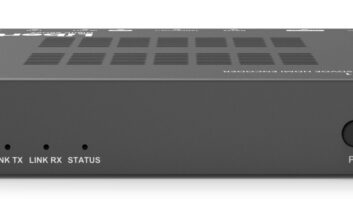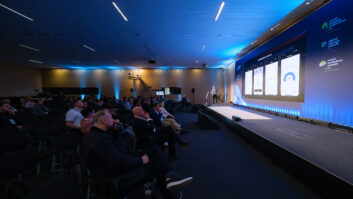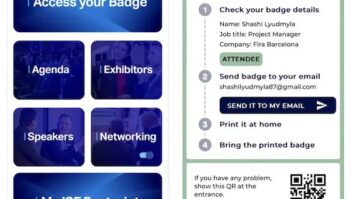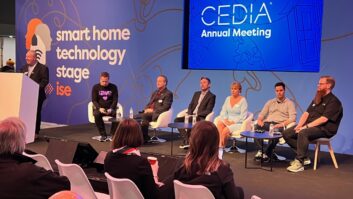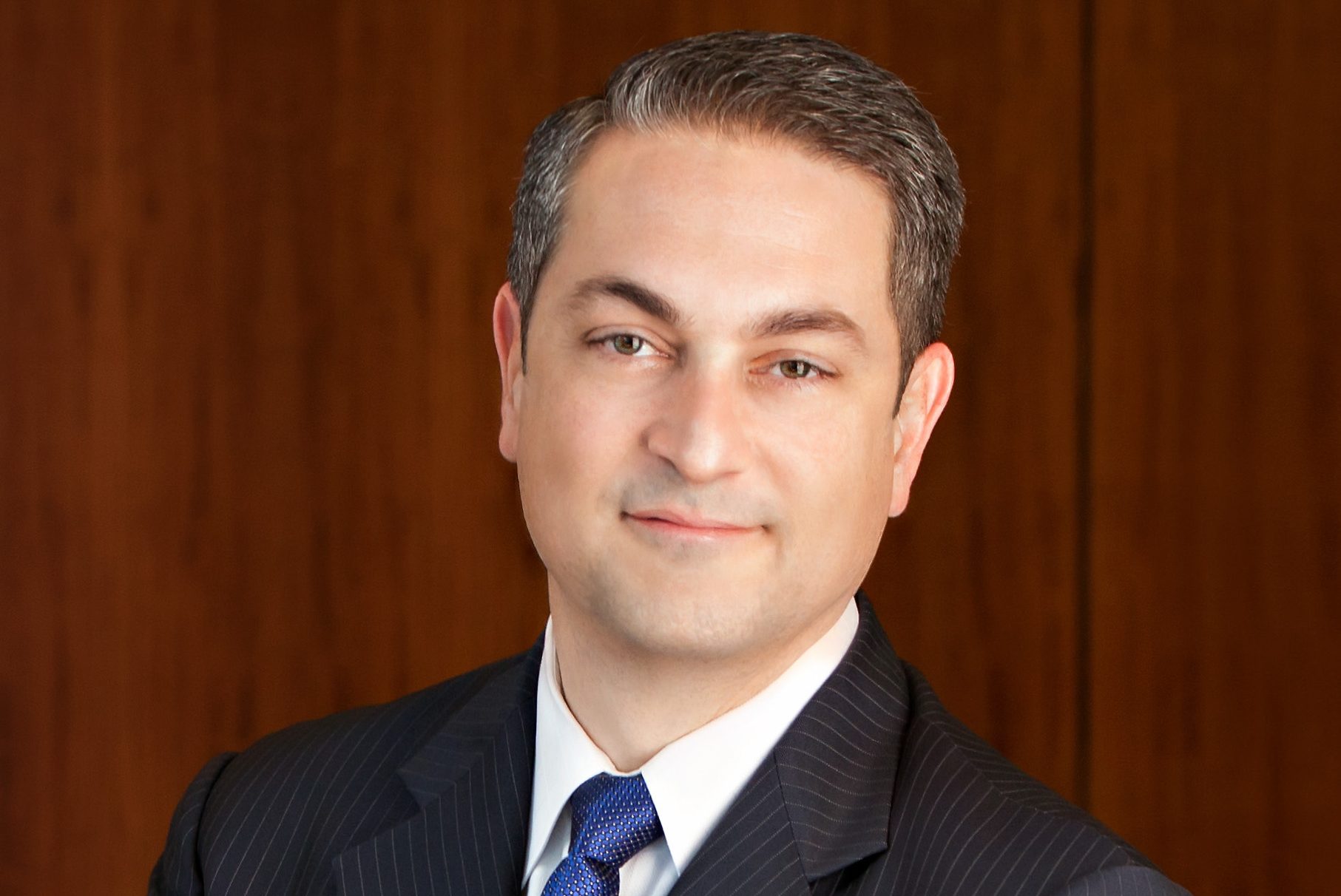
At ISE 2018, Installation was able to sit down with Biamp’s new CEO and president for a quick chat about his first couple of months at the helm and how ISE has evolved over the years from someone who has been there for every show.
On the acquisition, why Biamp?
It’s been a 10-year love affair for me with Biamp. After I sold my last company I joined a private equity firm to look at what the perfect platform would be to be able to build our next company and to expand from there. And we looked at about 155 different companies during roughly 15/16 months. And every company that we looked at we kept going back to “it’s not as good as Biamp”. We finally were able to make the deal happen. The whole love affair with Biamp is really around a number of factors: the people, the culture, the products, the distribution and the love for the brand – the brand is incredibly powerful around the world. So being able to use that as a foundation on which we can build both organically and through acquisitions was important to us.
In the 90-day timeframe, we will have formulated a plan that will say this is what we want the company to look like and how we want to move forward
When the deal was done, what was the first order of business for you?
Today is day 70 for me. And in that process it’s been [about] going through the list to evaluate and formulate our plans. If you think about it as a three-step process, we’ve been doing a lot of listening, internally going through every single department within the company worldwide understanding their strengths and weaknesses, what we need to work on, what are the interconnects between the various departments. And the lines that we use for everything is really do we have the right people using the right process with the right products or outcomes that we’re trying to achieve and do those align between departments.
In the 90-day timeframe, we will have formulated a plan that will say this is what we want the company to look like and how we want to move forward. And we’ve had an amazing 40-year track getting to this point and my goal is to take it on the next 40-year journey and that’s really what it’s all about.
Can you tell me about some of the new markets you are targeting?
Yeah. So really the new markets relate to a couple of different things – it’s not just about the vertical markets which we’re going to be expanding. If you look today: corporate, education, government is very strong. We have presence in hospitality and medical and so on and house of worship. But they may still need some additional strength there. We are going to expand into more vertical markets. We’re also looking at geography so less than half of our revenue comes from outside the US. We’re really a US company that exports and in the next five years I hope to be a global company that sells in the US.
After you sold AMX to Harman and then joined Highlander Partners, how long before you were getting the itch to come back into AV?
The timeframe. For one year and one day to be exact, I was an independent contractor helping companies buy other companies, working with lots of different private equity groups around the US, looking at various acquisitions for them that they would then run. In that process I worked with Highlander, a group I’d known for a decade before this and they ended up saying you know “we’re kind of a jealous group, we’d like for you to join us and find the company that you want to run” understanding that they had a desire to get into technology and they were looking for an executive that would take them into that segment of the market.
It was a perfect marriage and Highlander is sort of the family office version of private equity if you will – they act and work like a private equity group – but they have longer-term perspectives. It’s a great, patient investor, which for someone in my role is really what you want, you don’t want to be on a timeframe to do unnatural things. You want to be on the timeframe to do things that make sense in the right time.
I’m glad I did join the first one and I’ve been to every single one since
And since AMX became part of Harman, have you been keeping an eye on what Harman has been doing?
I really haven’t paid attention too much to what they’ve done. I’ve been gone for two and a half years and it’s like selling your house. Once you sell your house, if they want to paint the building green or purple – it’s their building, it’s nothing you can do anything about. As much as I loved every moment of my 15 years there. It’s time to move on.
Since the last ISE you attended with AMX and your first with Biamp, how do you think the show has changed?
I was convinced to join the first ISE ever by our friends at Lutron and Michael Blackman who all asked me to do a personal favour and, I have to say, I viewed it at that point as just not wanting to do one more trade show, I was trade showed-out. I’m glad I did join the first one and I’ve been to every single one since then so I have not missed an ISE. And my last one I came here as an investor with Highlander Partners and the one before that I was looking around just to see what was going on, as an independent person, and I have to say that the show never disappoints. Michael and his whole team have done an amazing job with the show growing it year over year and it’s just gone from strength to strength. There’s never been a negative that I’ve seen with this show.
Where else do you think the show can go – more halls a fifth day etc.?
I go back to my original answer of ‘I’m trade showed-out’ I don’t need another day, five days is way too much and even the fourth day typically is relatively slow and I’m not sure that it has tremendous value – I’m not sure that the fourth day was what I would have done. This doesn’t mean that I don’t like what they have done; their whole organisation has done a good job. I don’t think that is the way you’re going to expand it, you need to expand the value now. I don’t think more volume equals more value; and they’ve done that every year.
I would continue to focus on bringing in end-user customers that really pay all of our salaries at the end of the day – that pay the channel, whether it’s consultant or integrator or manufacturer – the end-users are ultimately the ones that drive the demand. So bringing more end-users and making it valuable for them to be able to see all of this is key for the future.
To finish up, going back to you and Biamp, when will we see the first products with your stamp and your direction?
The directional piece – what is already being rolled out at this show has a lot to do with the direction that I’d love to see so it’s consistent with that. What you’ll start to see from a prior development and from an acquisition and from a roll out of new markets and verticals and geographies and so on – you’ll start to see big impacts by next ISE. That’s realistic.
